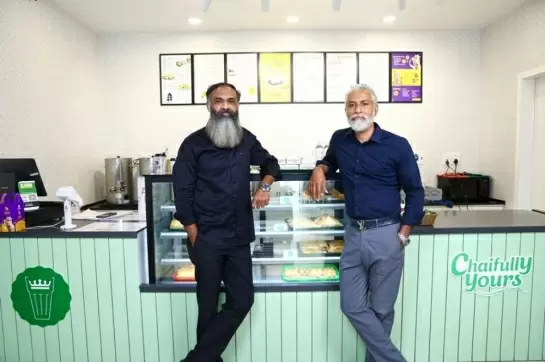Tourism growth and its inter-linkages (Column: Behind Infra Lines)
19-October-2019
The dynamics of industrial growth in India, for all ancillary industries, makes for fascinating reading and analysis. India has embarked on a renewed push towards making the country an attractive tourist destination through a variety of measures such as the "Incredible India 2.0" campaign. Both local and international destinations have wooed domestic Indian tourists. Regardless of whether one considers inbound or outbound tourism, the tourism supply chain provides exciting opportunities for investors and provides pointers towards much-needed infrastructure developments.
At a fundamental level, as India looks to develop further this component of the economy derived from tourism, it is vital to focus on the convergence of marketing & branding (read availability of information regarding possible tourist destinations), accessibility and local infrastructure such as hotels, eateries, transportation and medical facilities. Fundamentally, for the robust long-term growth of the tourism sector, India must ensure that it is offering an eco-system that is attractive and consistent.
Ensuring that the tourism infrastructure supply chain is seamless will require not just creating a consistent and informative process that generates tourist interest, but also a back-to-front infrastructure linkage that delivers the experience. For instance, a trip to the Taj Mahal via the Delhi Airport and the expressway linking Delhi to Agra is vital to ensuring that the branding and marketing of a tourist destination deliver value.
A closer look at the example stated above throws light upon the importance of the airline connectivity, highway and airport infrastructure involved. Additionally, the availability of the local hospitality industry that caters to the spectrum of incoming tourists at the tourist destination is vital. One missing piece in the link renders all other assets relatively incapable of realising full value. On the contrary, a seamless infrastructure linkage system ensures that the various components in the supply chain can operate close to full potential to generate value.
For example, exceptional air connectivity to a tourist destination and the availability of hotel infrastructure that caters to a broad spectrum of tourists is rendered relatively ineffective in generating significant tourist traffic without the last-mile road connectivity required between the airport and the final tourist destination. It is vital to underscore that the focus isn't only on the international tourist, but on both foreign and domestic tourists.
Essentially, as the interlinkages mentioned above will improve, so will the volume of tourist traffic. The capacity for both the government and investors to further develop the cornerstone of the tourism infrastructure linkage stated above has significant multiplier effects for investment opportunities in linked sectors. The luggage industry is a classic example of a sector that will provide investment avenues as the Indian tourism industry develops further. Additionally, not only will the ancillary industries such as luggage grow, but they will also grow in terms of segmentation. With gradually rising incomes, opportunities will be created not just by aggregate market size growth but by tapping into segments such as higher-end luggage demand.
The key takeaway is that as basic tourism infrastructure will grow, linked industries such as luggage, banking and foreign exchange service providers will flourish. Opportunities through market disruptions must be viewed by investors as an avenue to get into growth segments that benefit from tourism growth in India. The opportunity to acquire a foreign exchange business from a larger business group or to get a foothold within the luggage industry must be viewed as an opportunity to tap into the tourism potential.
Indian tourism opportunities must be viewed through a wider lens of tourism that not only caters to traditional hospitality but also builds on the niche opportunities available. Medical tourism is an area that has seen significant growth in the past years and with the infrastructure ecosystem providing support will grow further.
However, segments such as the meetings (both national and international), incentives, conventions and exhibitions (MICE) and wedding destination need more significant focus in India. Infrastructure creation that will allow India to gain a foothold in the MICE tourism space gradually is vital. Not only will there be direct earnings, but existing hospitality assets will be able to ramp up their returns on the back of adequate MICE infrastructure.
The tourism industry going further offers significant opportunities to India to generate jobs, more GDP and investment opportunities. Further building on the available opportunities through a well-planned and holistic approach is urgently required.IANS
Mumbai Police Bust High-Profile Sex Racket in Hiranandani Hotel
NPG Evaluates 8 Key Infrastructure Projects Under PM GatiShakti Plan
Rupee Symbol Debate Heats Up as Tamil Nadu Opts for ‘ரூ’
AIADMK Walks Out, BJP Boycotts Tamil Nadu Budget Session
AI Cybersecurity Startup Neural Defend Raises $600K in Pre-Seed Round









